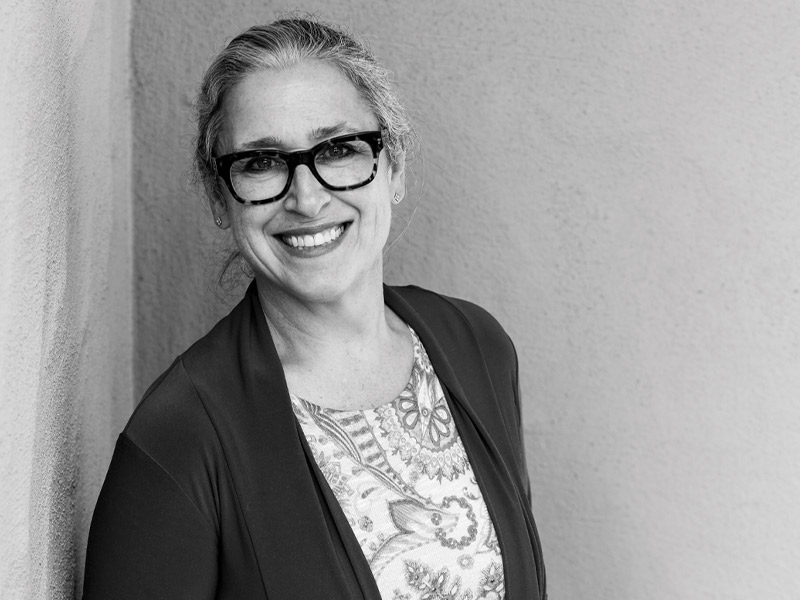

The Independent Electricity System Operator’s pension plan is in the midst of a comeback from a period of heightened post-coronavirus pandemic volatility, with diversification as the key to its investment roadmap, says Jeannette Briggs, the organization’s director of corporate finance and who served as chair of its pension management committee from 2021 to 2023.
After conducting its most recent asset liability management study at the end of 2021, the pension plan sponsor shifted away from a predominantly Canadian asset preference and is instead looking toward global opportunities in equities and infrastructure.
Read: How will growing anti-ESG sentiment in the U.S. impact Canadian institutional investors?
Getting to know
Jeannette Briggs
Job title:
Director of corporate finance, the Independent Electricity System Operator
Joined the CAAT:
1999
Previous role:
Director of settlements, the Independent Electricity System Operator
What keeps her up at night:
The unpredictability of the decisions-making at the Bank of Canada
Outside of the office she can be found:
Ferociously tearing through a book or taking advantage of the outdoors through hikes with her dog or spending time on the golf course
And while she notes other institutional investors are moving away from real estate, the organization has stayed the course to take advantage of a significant value opportunity in the long term.
“Like many people, our pension performance saw a pretty big dip in 2022. But we’ve rebounded by the end of the year and that’s mostly because of the diversification.”
Despite recent market volatility, the plan is fully funded — an achievement that comes with a delicate conversation around how to handle any surplus. “We have to be very cautious around how we’re funded, what we’re doing with that surplus,” she says, adding that since the plan serves two separate unions — the Power Worker’s Union and the Society of Energy Professionals — it has to consider their interests as well.
As a smaller plan, Briggs and her team take into consideration the movements and investment trends from their larger peers, compared to being reactive in the market.
One example of this approach is the plan’s environmental, social and corporate governance investment strategies. She says a push to divest from energy assets that don’t fall in line with transition strategies for a low-carbon economy can be a misguided approach that contradicts the plan’s fiduciary duty to members, adding any future divestment will be conducted in a measured way.
While the plan considers ESG metrics in its investment decisions, she believes these factors are still evolving.

As calls for green investment disclosures and divestment are increasing across the financial services sector — particularly from younger plan members — Briggs says institutional investors are best positioned to engage with stakeholders and investee companies to advance meaningful change, instead of simply walking away from investments in sectors such as oil and energy.
“Because the reality is [if] you do that, somebody else is going to buy [them] up and they may not have your perspective [on sustainability].”
Bryan McGovern is an associate editor at Benefits Canada and the Canadian Investment Review.
